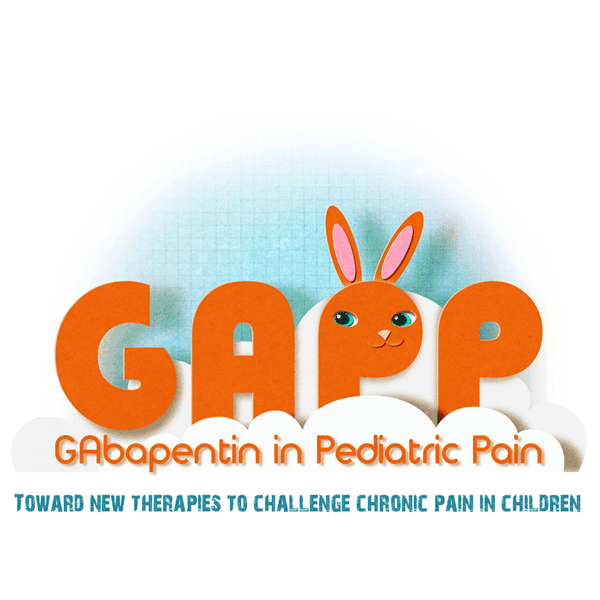

A new study published in The Journal of Clinical Investigation seems to open new hopes to people suffering from chronic pain.chr
The study, led by Yong-Jing Gao at Nantong University in China, identifies a protein that neurons use to interact with astrocytes, a star-shaped kind of glial cell, in mice.
In chronic pain conditions, different kinds of cells in the spinal cord communicate with each other in complicated ways. In particular, nerve cells (neurons) that transmit pain signals communicate with glial cells, a type of cell that supports the functioning of neurons.
By following changes in the activity of genes in the spinal cord after experimental nerve damage (which is used to study pain in animals), researchers discovered increased amounts of CXCL13 (a cytokine that sends signals to other cells) in neurons. The investigators found that when the neurons released CXCL13, the protein made its way to astrocytes, where it bound to and activated another protein, called CXCR5. The novelty for people suffering from chronic pain stands in the discovery that nerve-injured animals showed less pain sensitivity in response to touch or heat when communication between CXCL13 and CXCR5 was blocked. Even though these findings come from an animal study, the researchers are quite excited because if it is proven that levels of CXCL13 and CXCR5 are altered in individuals with chronic pain, then perhaps disrupting the signaling between the two proteins could also alleviate pain in people.
But, much work remains to be done to prove a possible role for CXCL13-CXCR5 communication in chronic pain in people, and whether disrupting that communication will be of benefit.
To read more about the research, see this link.